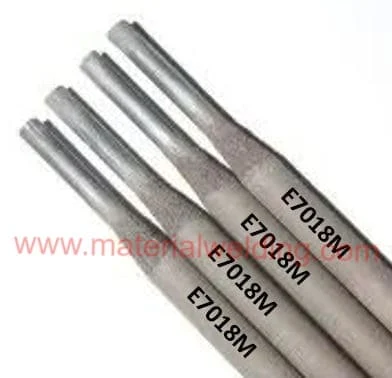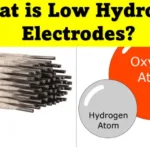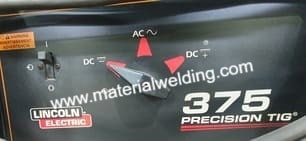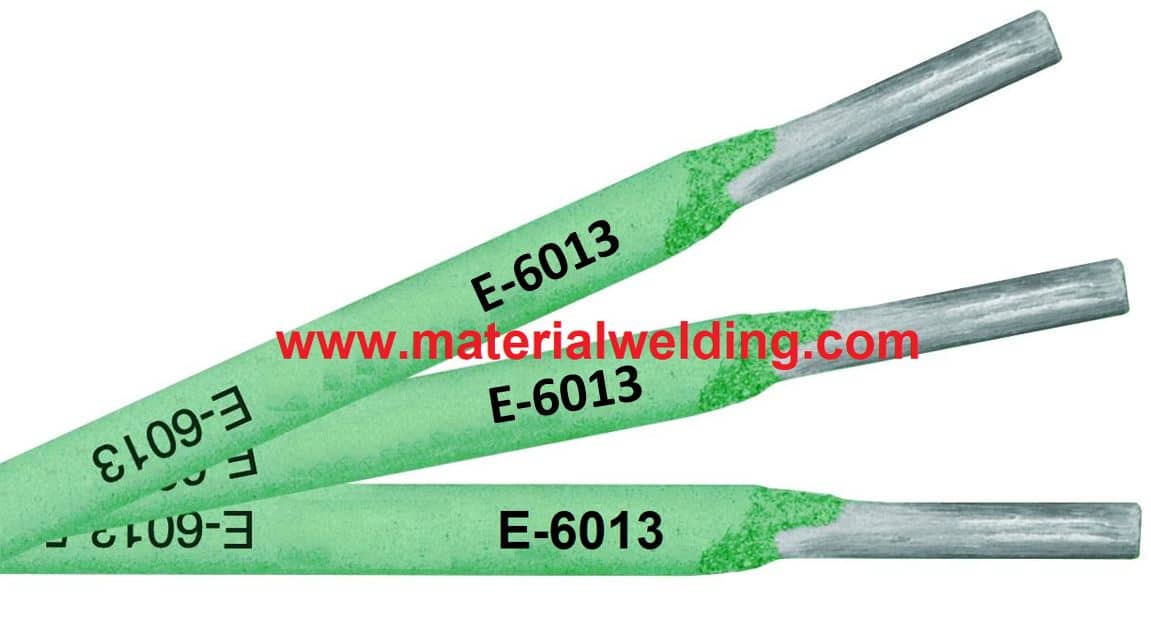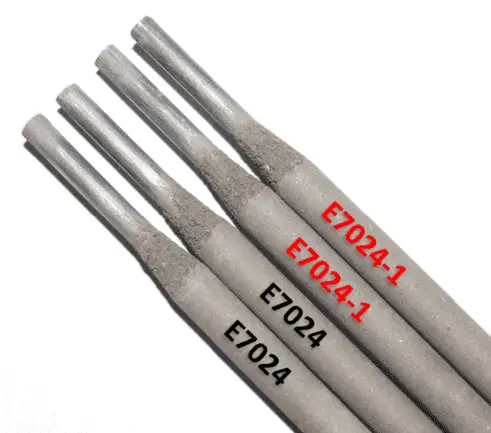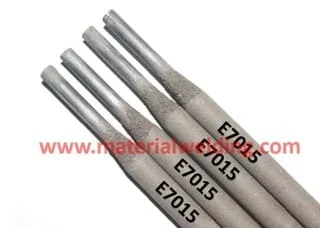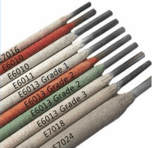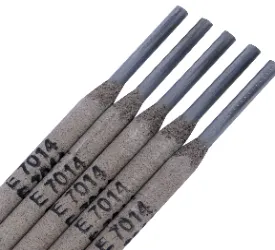E6018 Welding Rod meaning
The E6018 welding rod is a Low-hydrogen potassium, iron powder electrode that is used for welding mild steel and low alloy steels. The rod produces a smooth arc with little spatter, making it ideal for use in all positions.
Each digit in E6018 Welding rod has their own meaning as:
- ‘E’: For Stick Welding Electrode
- ’60’: represent the weld metal tensile strength 60 Ksi.
- ‘1’: means welding rod for all position welding.
- ‘8’: means the Low-hydrogen potassium, iron powder.
E6018 welding rod is available in 3/32″, 1/8″, 5/32″, and 3/16″ diameters. The E6018 welding rod can be used with either AC or DCEP power sources.
E6018 Welding Electrode Specification & Classification
6018 Welding Rod specification is AWS A5.1. E6018 is the classification number for this welding rod.
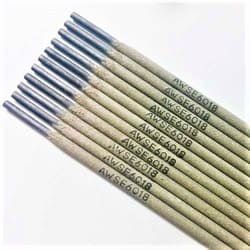
E6018 Welding Electrode Chemical and Mechanical Properties
E6018 welding rod is a low hydrogen electrode that is used for welding in all positions.
Chemical composition of E6018 Welding rod are:
- Carbon%: 0.03% Max.
- Manganese%: 0.60% Max.
- Silicon%: 0.40% Max.
- Phosphorus%: 0.025%
- Sulfur: 0.015% Max.
- Nickel%: 0.30% Max.
- Chromium%: 0.20% Max.
- Molybdenum%: 0.30% Max.
- Vanadium: 0.08% Max.
All these values are maximum permitted. Mainly E6018 only contains C, Si, Mn, & traces of P & S elements.
E6018 Welding Electrode Tensile Strength
The Tensile strength, Yield Strength, toughness & elongation properties required according to AWS A5.1 for E6018 Welding rod are listed below.
The E6018 welding electrode has a minimum tensile strength of 60,000 psi (430 MPa) and a yield strength of 48,000 psi (330 MPa).
It also has an elongation of 22% minimum. E6018 gives a weld deposit with a minimum weld toughness 20 ft·lbf at –20°F (27 J at –30°C).
E6018 Welding Rod
An E6018 welding rod is a low-carbon steel electrode with a thick coating of iron powder & potassium similar to E7018 welding rod. This makes it ideal for welding in all positions, including vertical and overhead.
E6018 Welding rod is similar to E7018 but with lower mechanical properties.
It can be used on a variety of metals, including carbon steel, low-alloy steel, and mild steel welding. E6018 welding rods have a very smooth arc and produce minimal spatter.
E6018 Welding Rod Polarity
E6018 Welding rod polarity are AC & DCEP (Direct Current Electrode Positive). DCEP polarity is also called Reverse Polarity.
Related Posts: Type of Welding Polarity.
E6018 Welding Rod Amperage Chart
Welding amperage for E6018 welding rod depends on the electrode diameter ranging from 60 amps to 150 amps.
E6018 Welding Rod Uses
The E6018 welding electrode is a low hydrogen electrode that is used in a variety of welding applications.
It is an all-position electrode that can be used on a variety of metals, including mild steel, carbon steel, high-strength steels or low-alloy steels to carbon steel welding.
How to dry out 6018 welding rod?
Dry E6018 welding rod in a drying oven at a temperature of 500°F to 800°F (260°C to 425°C). After keep in holding oven at a temperature of 50°F to 250°F (30°C to 140°C) for welding application.
The 6018 welding rod must be completely dry before beginning a weld. Any moisture on the rod will cause problems with the weld.
To dry out the rod, place it in a drying oven at a temperature of 500 degrees Fahrenheit to 800 degrees Fahrenheit.
Once the rod is dry, place it in a holding oven to keep it at that temperature until you are ready to use it.
